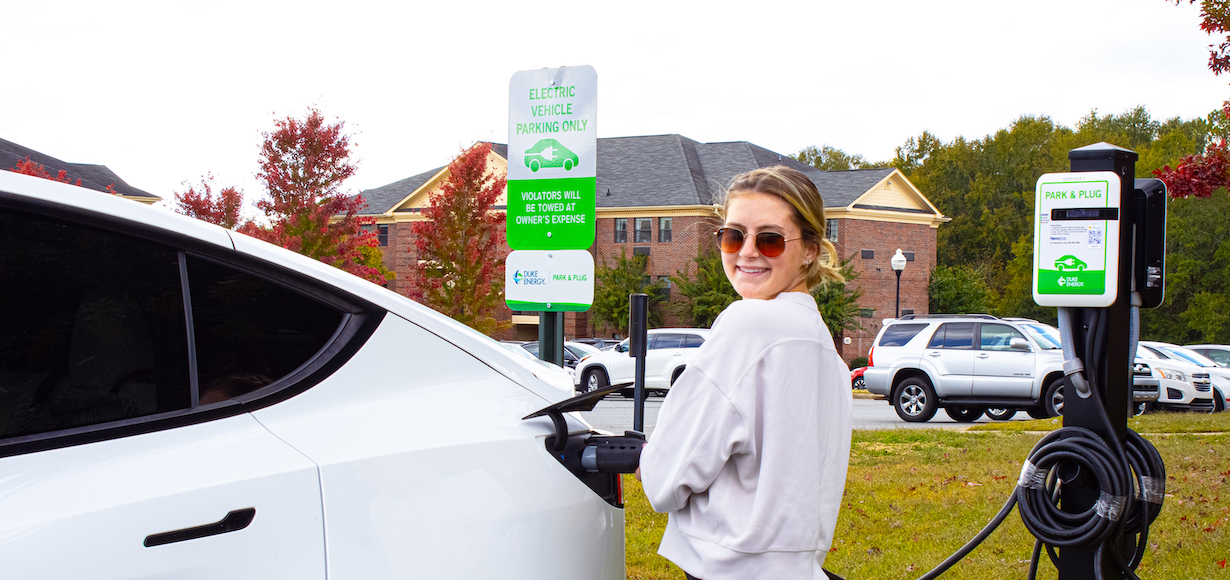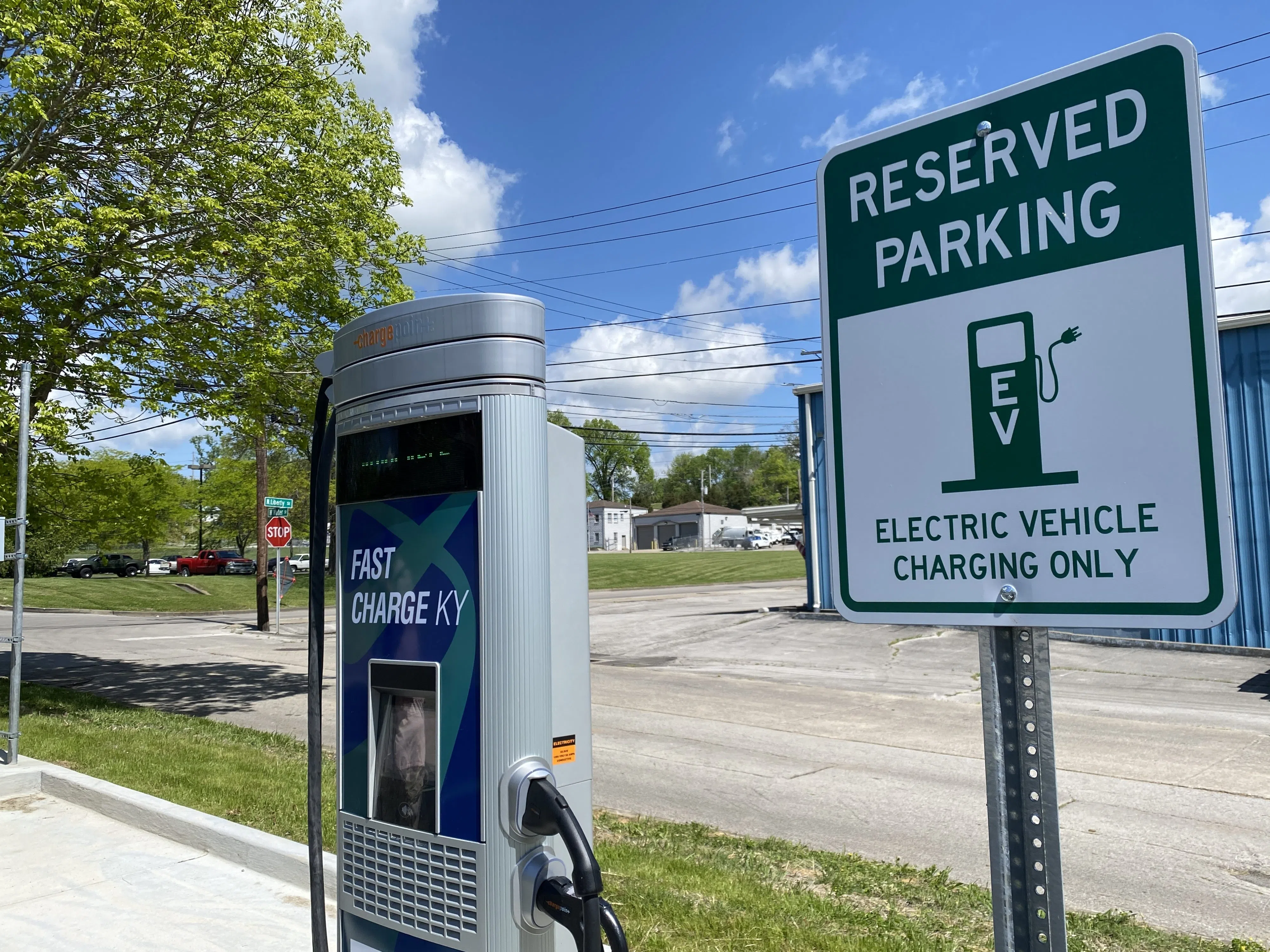Expert Opinions and Market Insights When You Buy EV Charging news
Expert Opinions and Market Insights When You Buy EV Charging news
Blog Article
Leading EV Charging News: Trick Updates on Infrastructure and Advancement

Current Innovations in Fast-Charging Technology

Additionally, innovations in battery modern technology, including enhanced thermal management systems and greater power density batteries, complement fast-charging abilities. These developments mitigate the risk of battery deterioration during quick charging, making certain long life and efficiency for EV owners.
Furthermore, the integration of wise billing solutions is enhancing individual experience, making it possible for real-time monitoring and dynamic prices versions. EV Charging news. This adaptability allows chauffeurs to enhance billing costs and times based on grid demand
As automakers remain to purchase fast-charging networks, the cooperation in between sector stakeholders is essential. Partnerships between charging station suppliers and auto manufacturers are paving the way for comprehensive protection, eventually promoting a much more robust EV community. These improvements are essential in sustaining the shift to sustainable transportation.
Government Initiatives for Charging Development
Federal government campaigns play an essential duty in the growth of electric car (EV) charging infrastructure, facilitating the change to lasting transport. Different federal and state programs are being implemented to enhance charging availability, decrease the financial worry on customers, and promote the fostering of electrical automobiles.
Significantly, the U.S. federal government has actually assigned significant financing with the Infrastructure Financial Investment and Jobs Act, which allocates $7.5 billion for EV charging network growth across the nation. This financing is aimed at releasing countless new billing stations, particularly in underserved locations, thus resolving variety anxiety amongst potential EV customers.
Furthermore, numerous states are enacting regulation to enhance the allowing process for charging terminal installations, which is crucial for speeding up deployment. Motivations such as tax obligation debts and refunds for both customers and companies are likewise being presented to urge the installment of charging facilities.
In addition, public-private collaborations are significantly coming to be an emphasis, leveraging private investment to match federal government funding. These initiatives underscore a collaborative method crucial for constructing a efficient and extensive EV billing network, eventually adding to a greener and even more sustainable future.
Cutting-edge Battery Solutions Enhancing Effectiveness
Revolutionizing the landscape of electric vehicle (EV) modern technology, cutting-edge battery remedies are substantially enhancing effectiveness and performance. Advances in battery chemistry, particularly with lithium-sulfur and solid-state batteries, are leading to raised power thickness, which permits for longer ranges and faster charging times. These brand-new battery types have the possible to outshine traditional lithium-ion batteries by using greater capabilities while decreasing weight, therefore improving total car efficiency.
In addition, growths in battery management systems (BMS) are optimizing energy usage and prolonging battery life-span. Smart algorithms monitor battery health and wellness and efficiency, allowing real-time changes to billing and releasing procedures. This not only boosts the efficiency of the battery but additionally guarantees a more trustworthy check my reference and sustainable energy source for EVs.
In addition, the combination of recycling modern technologies is resolving the environmental influence of battery production my sources and disposal. Innovations in second-life applications for EV batteries are promoting their use in energy storage systems, adding to a round economic climate.
As these innovative battery solutions proceed to evolve, they promise to transform the EV market, making electric vehicles extra enticing and easily accessible to a wider target market while sustaining worldwide sustainability goals.

Cooperation In Between Automakers and Billing Networks
Identifying the important demand for a durable charging infrastructure, automakers are progressively working together with billing network suppliers to enhance the EV possession experience (EV Charging news). These collaborations intend to develop a smooth charging ecological community that benefits customers and supports the shift to electric lorries
Major vehicle brand names are joining forces with well-known charging networks to expand their billing terminal insurance coverage, ensuring vehicle drivers have accessibility to practical and dependable charging choices. As an example, partnerships with networks like ChargePoint and Electrify America enable car manufacturers to integrate billing solutions straight right into their lorries' navigation systems, directing individuals to the nearest stations and supplying real-time availability updates.
Moreover, these cooperations typically result in the development of fast-charging technologies that dramatically lower the moment required to recharge an EV. By merging resources and proficiency, car manufacturers and billing networks can innovate faster, developing services that satisfy the growing demand for electric flexibility.
Furthermore, joint initiatives may additionally result in even more standard charging procedures, which can alleviate consumer complication and advertise wider EV fostering. On the whole, these tactical partnerships are crucial in building a user-friendly and effective billing framework that fulfills the demands of an increasing electric car market.
Difficulties Encountering EV Billing Infrastructure
As the electric car market proceeds to expand, numerous obstacles are surfacing that hinder the development of a detailed billing framework. Among the key barriers is the insufficient number of billing terminals, particularly in underserved and rural urban locations. This void produces array anxiety among prospective EV purchasers, hindering them from making the button.
In addition, the absence of standardization in billing modern technology makes complex the framework landscape. Variants in plug kinds and charging speeds can produce confusion helpful site for users and increase functional intricacies for billing network drivers. The assimilation of billing terminals into existing electrical grids postures substantial difficulties. Numerous regions encounter ability restrictions, requiring substantial financial investments in grid upgrades to fit enhanced demand.
One more pushing problem is the high cost linked with the setup and maintenance of billing stations, which can be an obstacle for both private organizations and public entities. Ultimately, regulative difficulties and zoning limitations can postpone the implementation of billing facilities, restraining development in increasing necessary services. Resolving these challenges will be critical for promoting a durable EV ecosystem that supports the change to lasting transportation.
Conclusion
To conclude, the recurring advancements in EV charging technology, supported by considerable federal government campaigns and cutting-edge battery solutions, are essential for the growth and effectiveness of electric automobile facilities. Cooperations between automakers and charging carriers better enhance terminal insurance coverage, addressing the growing demand for accessible charging alternatives. Regardless of obstacles that linger within the EV billing landscape, these advancements symbolize a positive trajectory towards a more reliable and lasting electric car community.
Developments in charging framework have actually led to the advancement of ultra-fast chargers capable of supplying up to 350 kW of power, substantially minimizing charging times. Variations in plug kinds and charging speeds can develop complication for users and increase functional complexities for charging network drivers.In final thought, the ongoing developments in EV billing technology, sustained by considerable government campaigns and ingenious battery services, are crucial for the development and effectiveness of electrical automobile infrastructure. Cooperations between car manufacturers and charging service providers better improve terminal protection, addressing the expanding need for easily accessible charging choices. Despite difficulties that linger within the EV charging landscape, these growths represent a favorable trajectory towards a much more sustainable and effective electrical vehicle environment.
Report this page